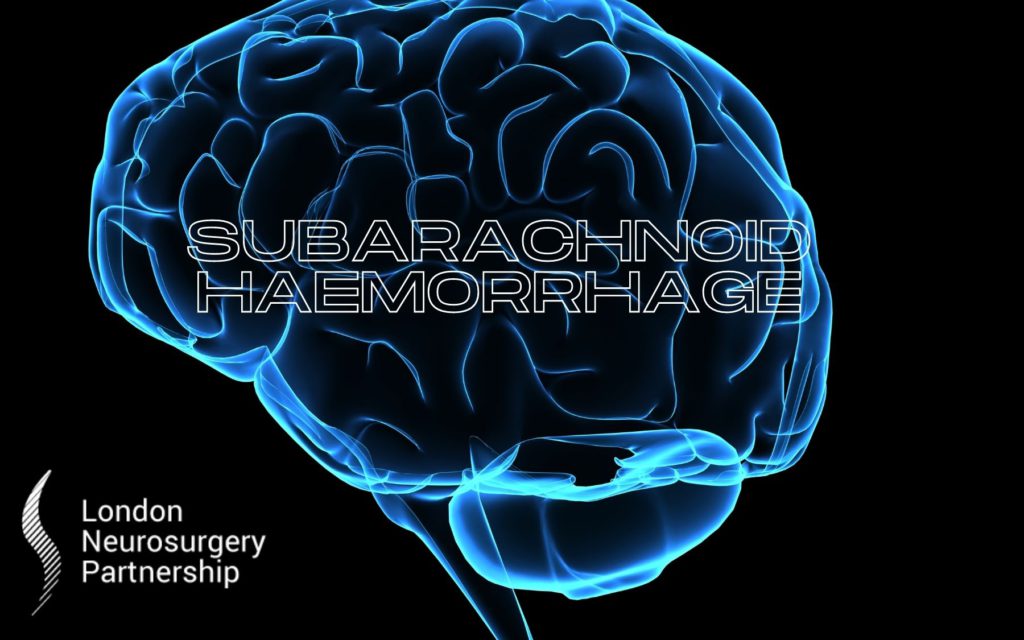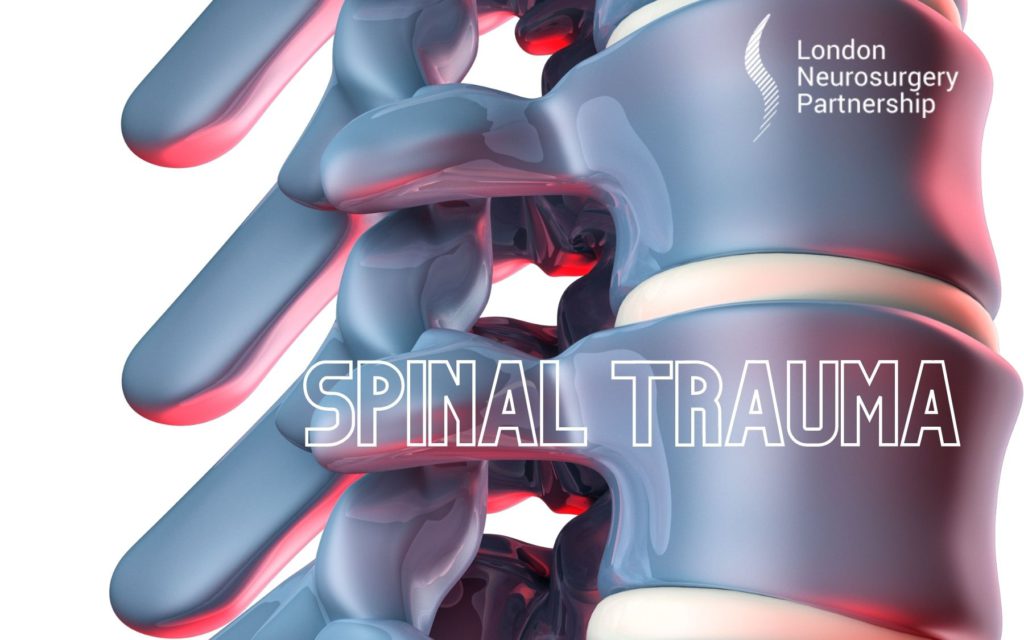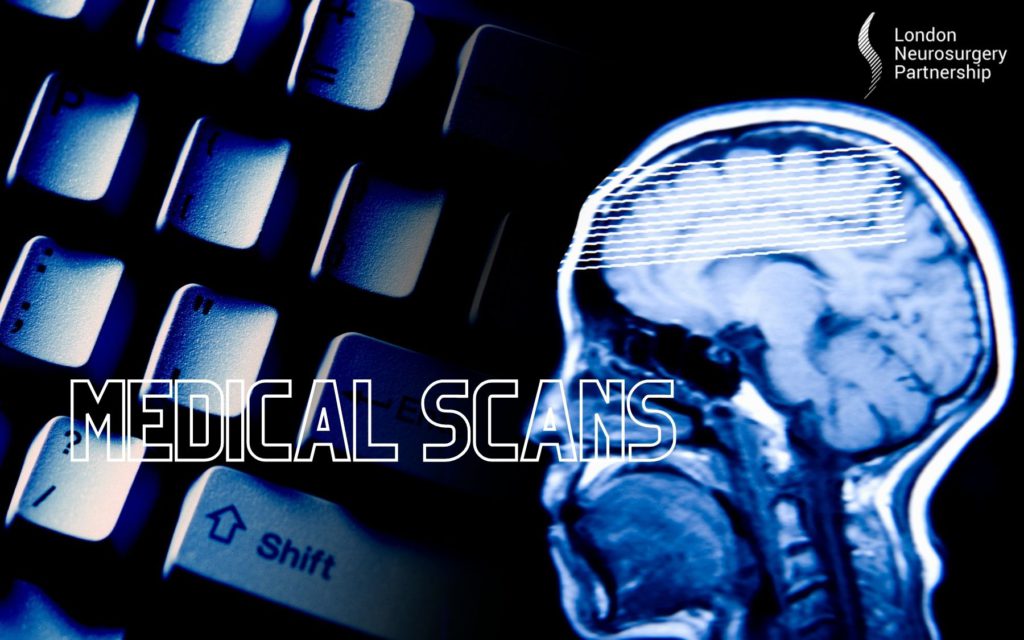
A subarachnoid haemorrhage is a bleed in the brain. More specifically bleeding within the subarachnoid space. It is where the cerebrospinal fluid (CSF) protects and cushions your brain to prevent injury. Haemorrhages are usually caused by a burst blood vessel (brain aneurysm)
This type of haemorrhages does tend to occur to people who smoke, have high blood pressure, drink excessive alcohol, are around the ages of 40-70 or have suffered a severe head injury.
Symptoms
Subarachnoid haemorrhages are sudden and severe, which is why it is important to know possible risk factors such as immense physical effort, straining and even coughing. Here are some symptoms below that you will need to look out for:
- Headache – some people describe this as the worst they have ever experienced.
- Stiff neck
- Feeling and being sick
- Double or blurred vision
- Sensitivity to light
- Stroke like symptoms – slurred speech and weakness
- Loss of consciousness
Please be aware that a subarachnoid haemorrhage is a medical emergency and you must call 999.
Diagnosis and treatment
To confirm a diagnosis of a subarachnoid haemorrhage a CT scan will need to be performed. This will be able to create detailed 3D images of your brain and check for bleeding. Other tests are available such as MRI scanning and a lumbar puncture, this will be able to check for blood in the cerebrospinal fluid.
Once a cause and location of the brain haemorrhage has been identified it can then be treated. This needs to be done rapidly to reduce the chance of brain damage and to save your life. Medications and pain relief can be effective in relieving the headache pain and to prevent seizures and vomiting, depending on the haemorrhage, some just need close monitoring and may not even need surgery.
Treatment does depend on how the subarachnoid haemorrhage is caused. The bleeding needs to be identified and then treated promptly as pressure will build up in the brain that can lead to detrimental effects like coma.
The two types of surgery for a haemorrhage are clipping or coiling.
Clipping
Firstly, the surgeon performs a craniotomy by accessing your brain by removing a small piece of bone to access the brain. The aneurysm will be located and a small clip made of titanium is inserted to fit around the neck of the aneurysm and close it shut. This will ultimately isolated and prevent blood from leaking in to the spaces around the brain. The aneurysm will be permanently closed and will not be able to grow any bigger or leak in to the brain.
Coiling
A catheter which is basically a thing tube is inserted into another part of your body, like your leg. The catheter will make its way through the blood vessels to reach the aneurysm. Once reached, small titanium coils are passed through the catheter and into and aneurysm until it is filled up. This is to prevent any blood going in to the aneurysm and allows normal blood flow. This is more of a minimally invasive procedure than clipping and has a faster recovery time.
After either of these surgical procedures you will be transferred to ITU for close monitoring. Your surgeon will have gone through what happens after the surgery and how recovery will go, it will also be explained again after you have woken up. You may need to spend quite some time in hospital to recover properly but this will be to prevent another aneurysm or complications.
This article is intended to inform and give insight but not treat, diagnose or replace the advice of a doctor. Always seek medical advice with any questions regarding a medical condition.
Back to brain conditions.





0 Comments